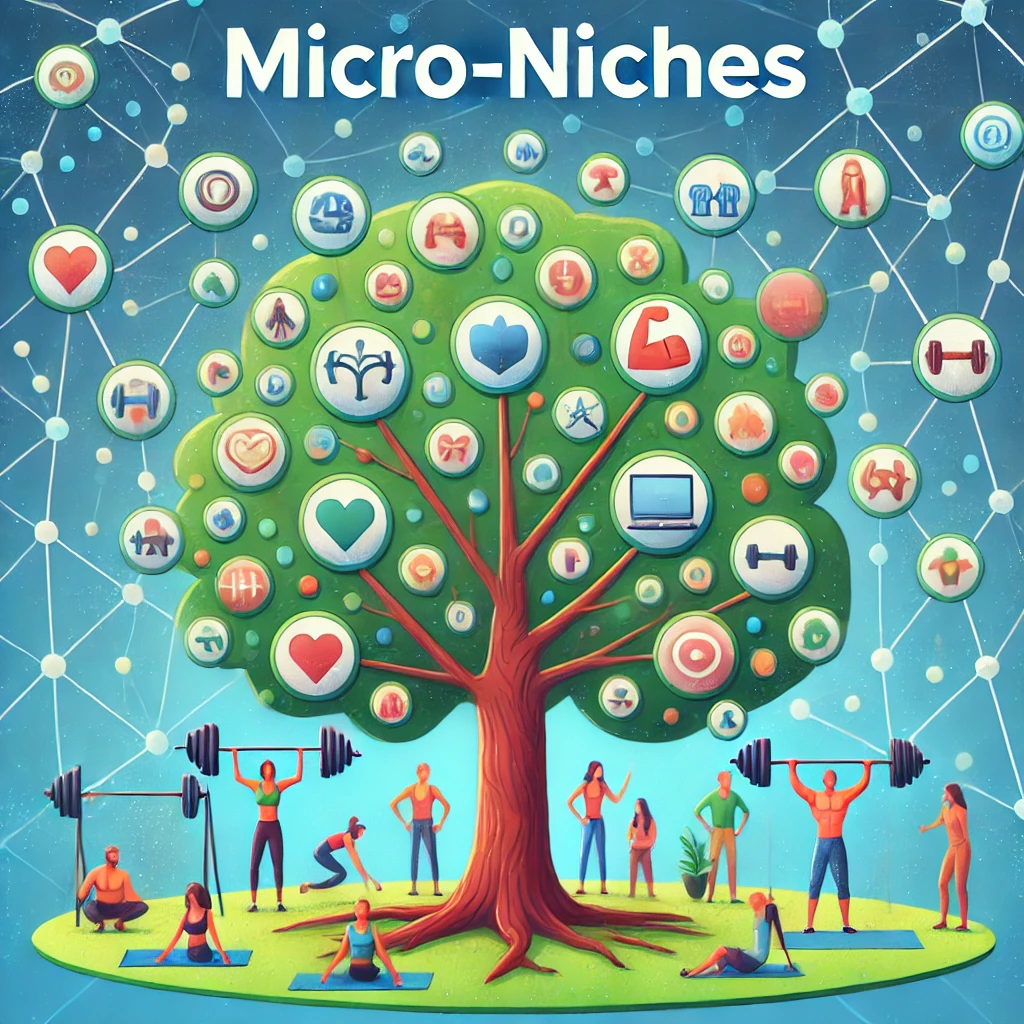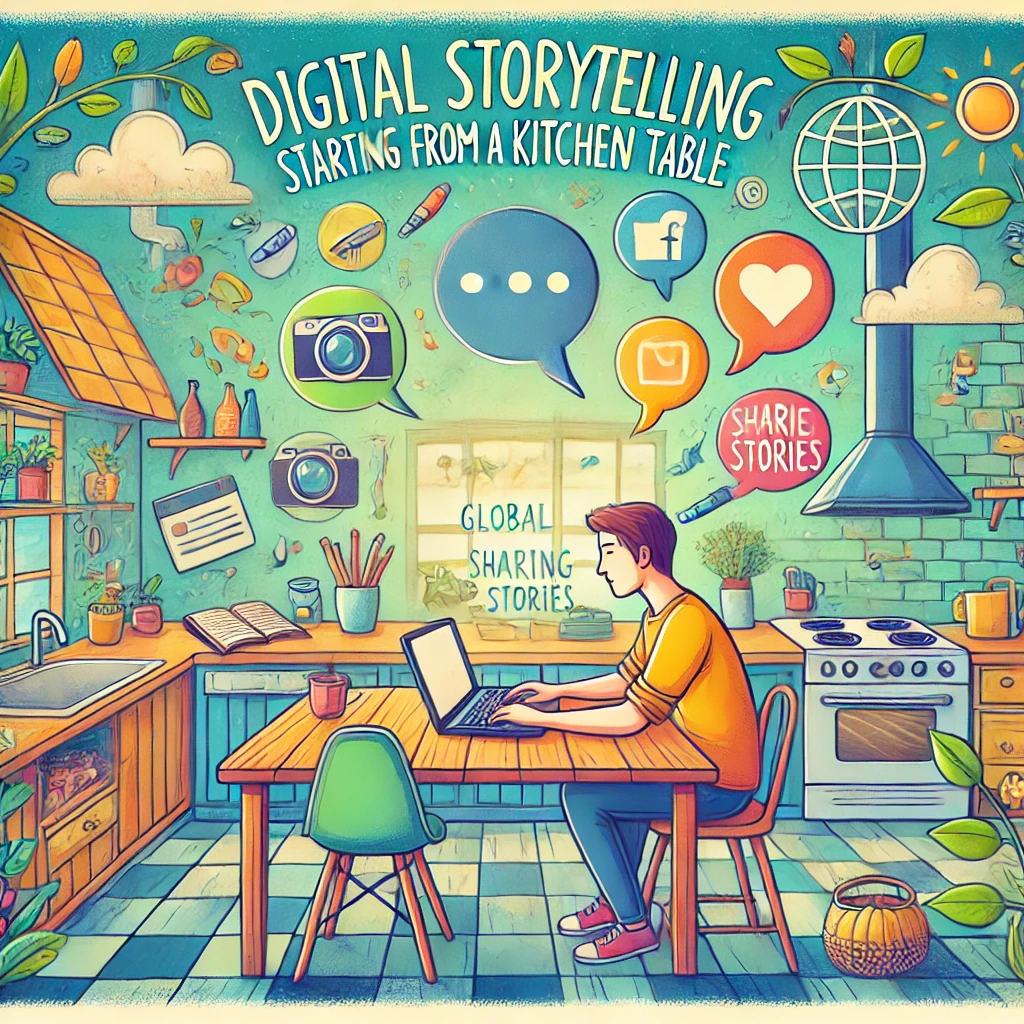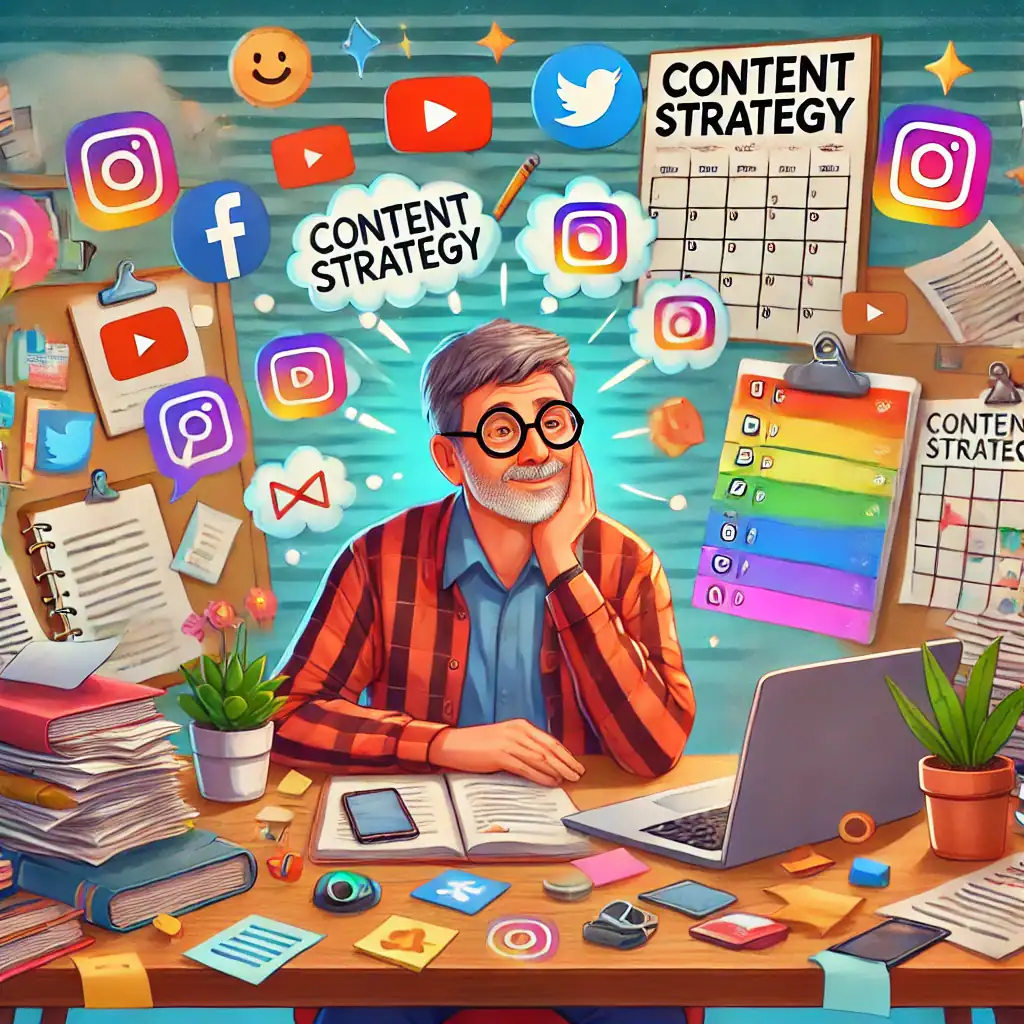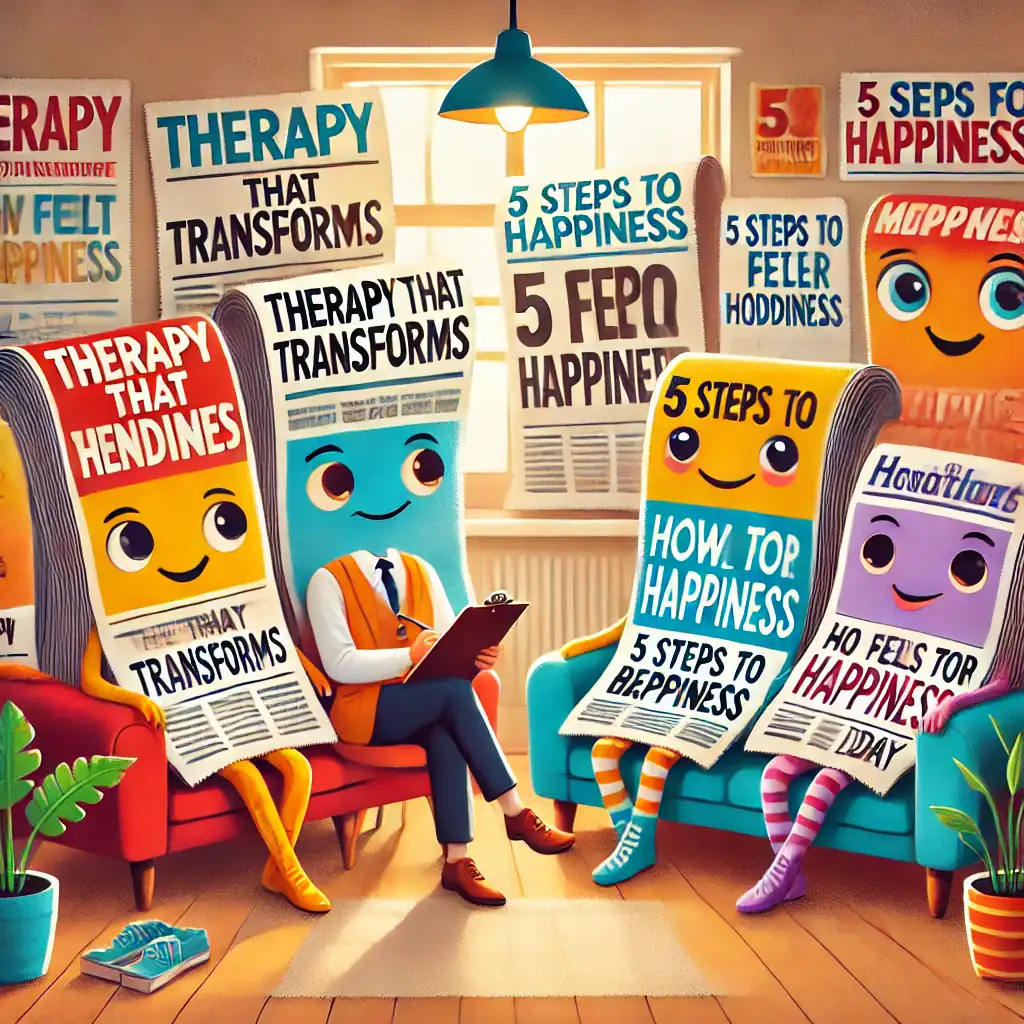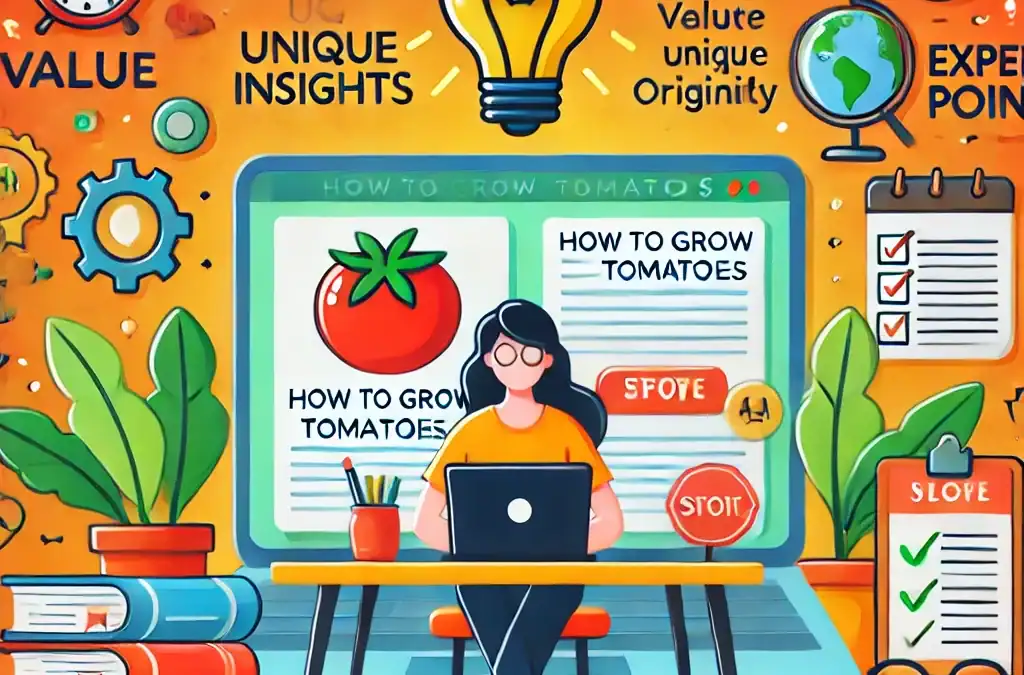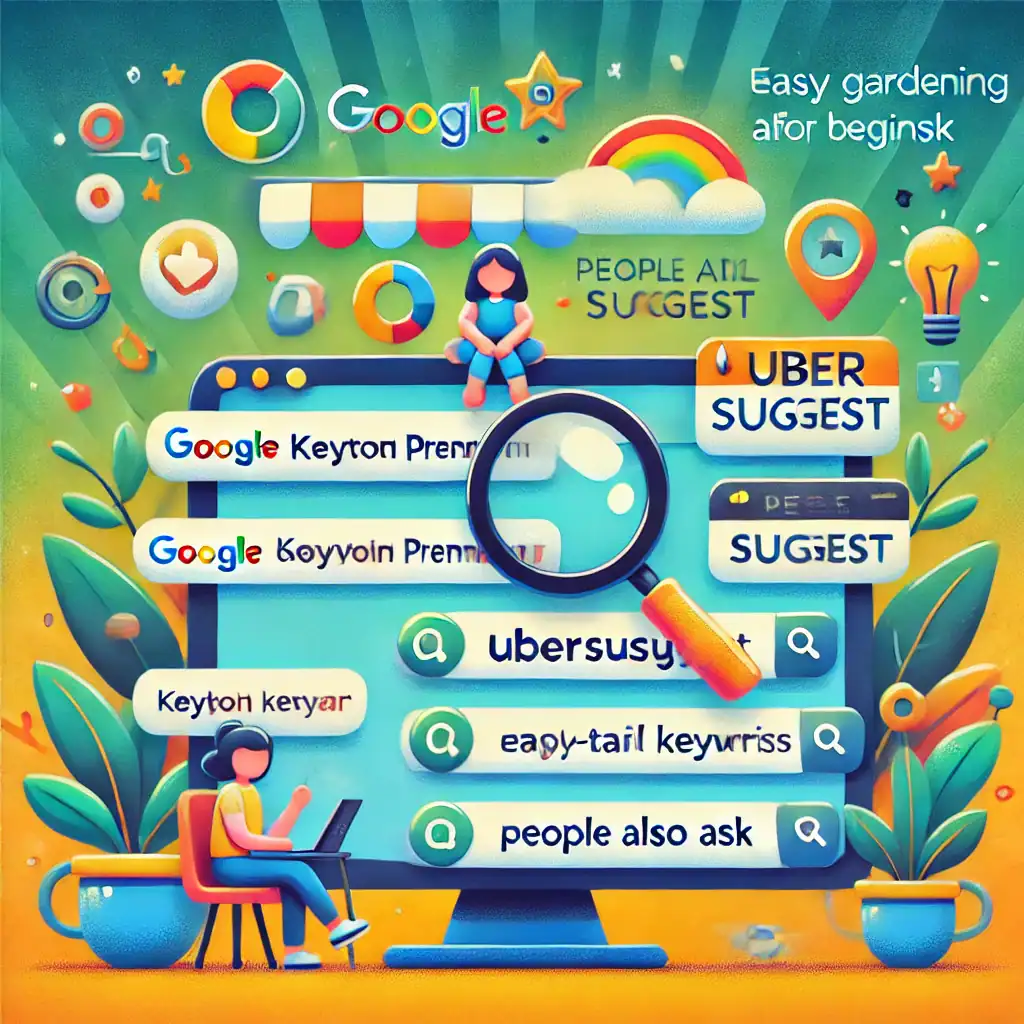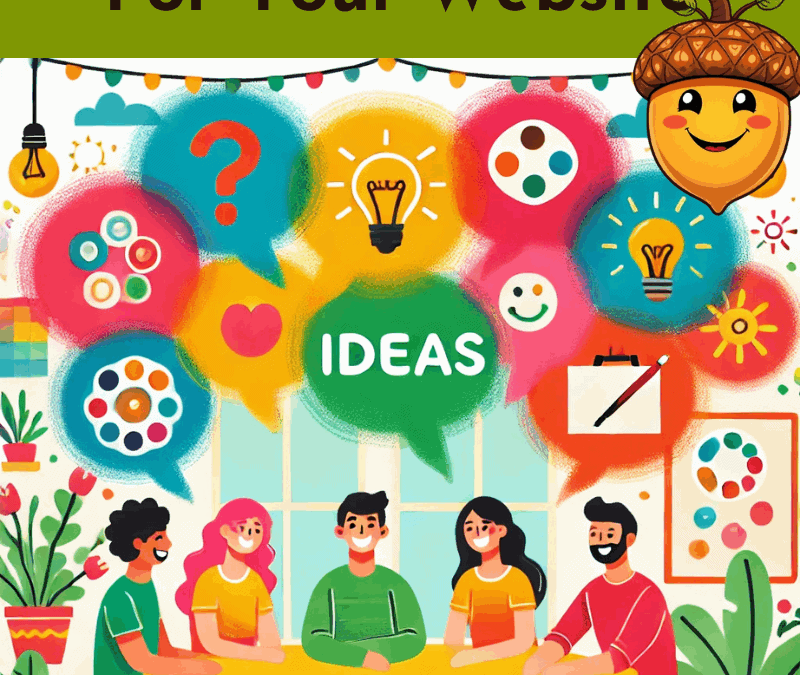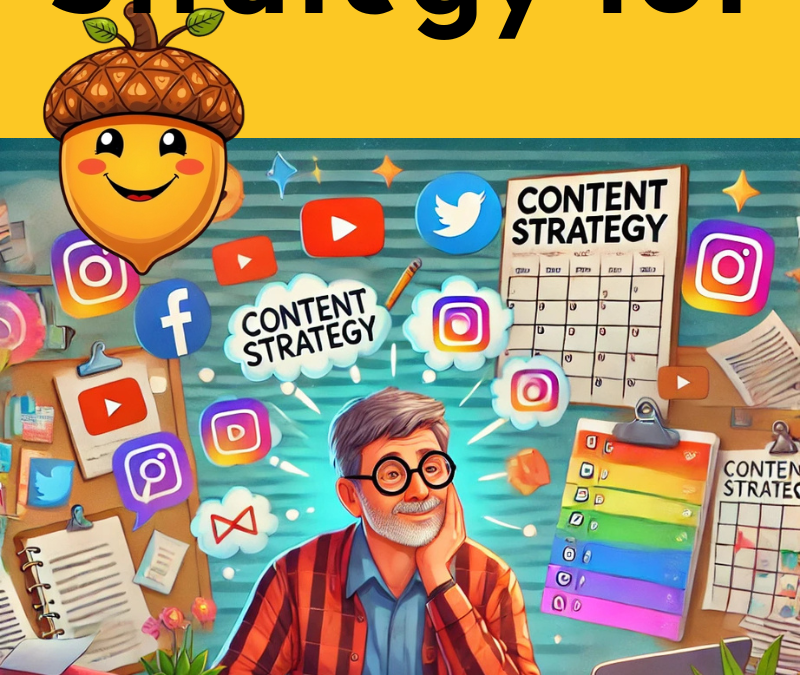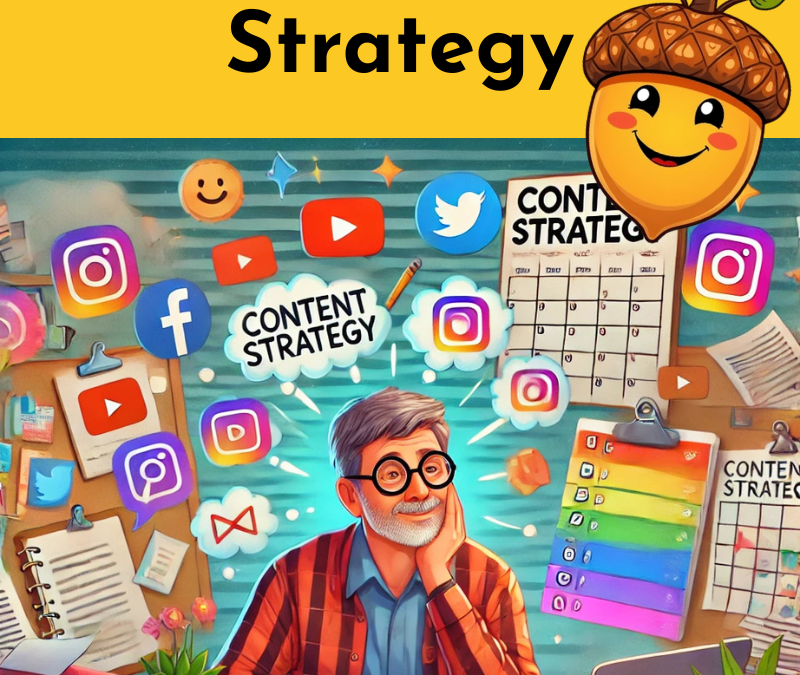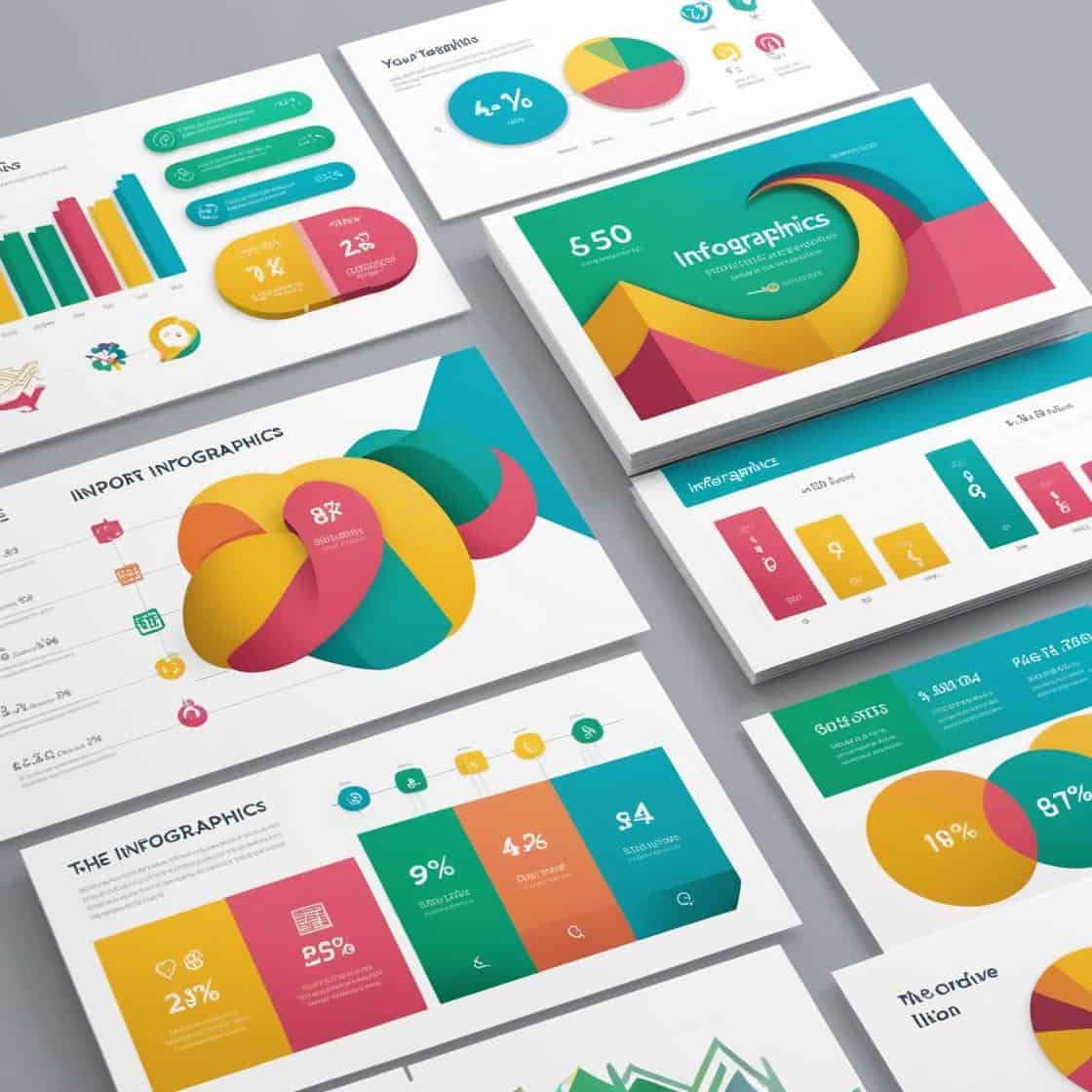
How to Create Captivating Content for Your New Website
If you’re launching a new website, understanding how to create captivating content is essential to attract and retain visitors
Starting a new website can be exciting, but also a little overwhelming.
One of the most important elements of a successful site is content but not just any type of content. It needs to be captivating content. It’s the heart of your website, helping you attract visitors and keep them engaged.
If you’re a complete beginner, don’t worry—this guide will walk you through the basics of creating content that grabs attention and delivers value.
1. Understanding Your Audience
To create captivating content, start by identifying your target audience’s needs and preferences
This step is key because your content should speak directly to their needs and interests.
- Ask yourself: Who will visit my website? What are they looking for? What problems can I help them solve?
- Example: If your website is about gardening, your audience could be beginners looking for simple tips or experienced gardeners seeking advanced techniques.
By knowing your audience, you’ll be able to create captivating content that feels relevant and helpful to them.

2. Choosing the Right Tone and Style
The tone and style of your content set the mood for your website. Do you want to sound professional, casual, or friendly?
- Keep your tone consistent across all pages.
- Example: A travel blog might use a friendly, conversational tone, while a legal advice site might lean toward a more formal style.
This is where knowing your audience is so useful. Write as if you’re speaking directly to your reader. This makes your content feel personal and approachable.
3. Crafting a Clear and Engaging Homepage
Your homepage is like the front door of your website—it’s the first thing people see, so make it count!
- Headline and tagline: Keep them clear, concise, and engaging.
- Example: “Easy Gardening Tips for Beginners” is better than “Learn to Garden.”
- Add a call-to-action button that guides visitors, like “Start Here” or “Read More.”
A well-written homepage sets the stage for the rest of your site and encourages visitors to explore further.
4. Structuring Your Content for Readability
To create captivating content, start by identifying your target audience’s needs and preferences. People often skim websites rather than reading every word. To make your content easy to digest:
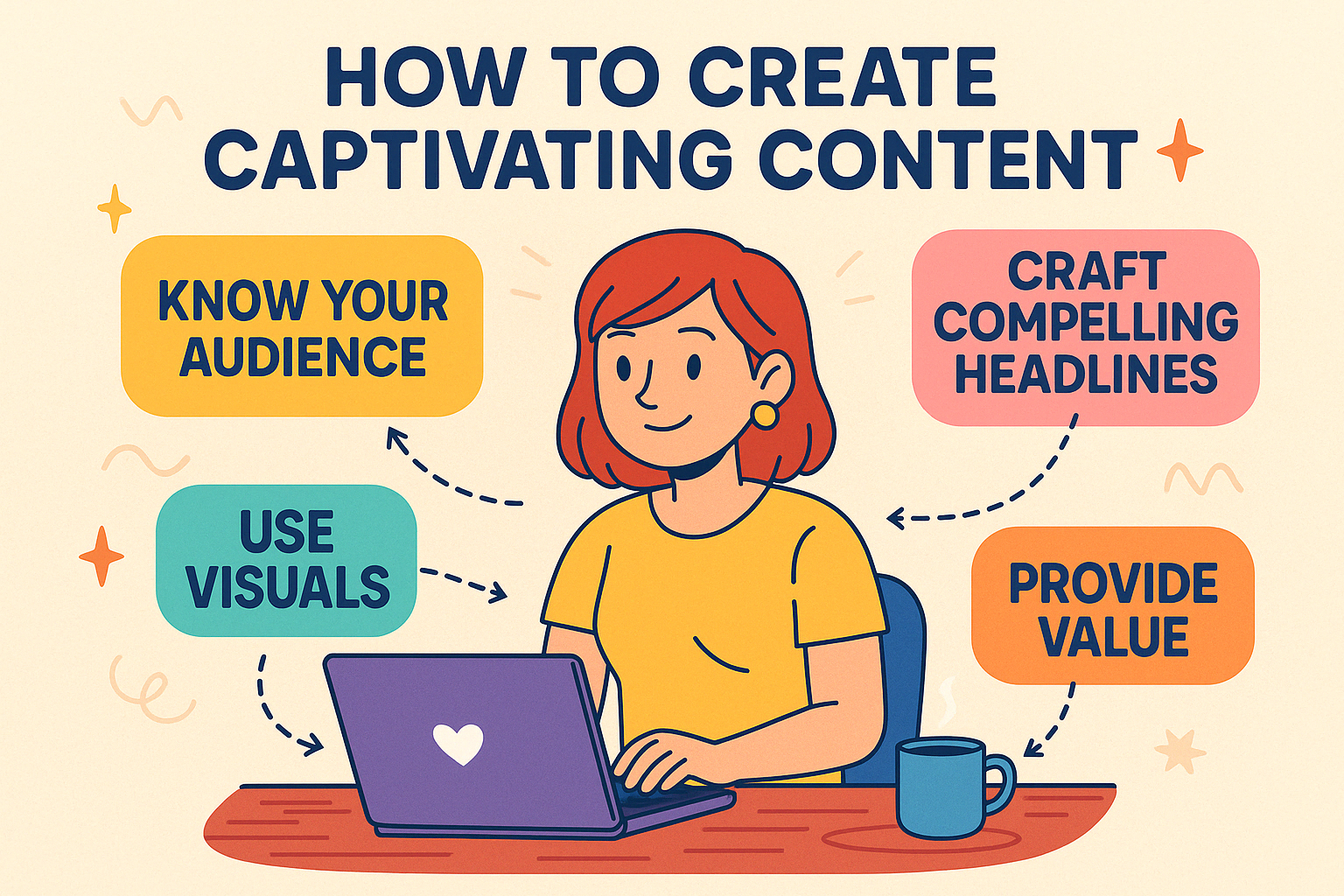
- Use short paragraphs, bullet points, and subheadings.
- Avoid technical jargon—keep your language simple.
- Example: Instead of saying, “Optimize your horticultural techniques,” say, “Improve your gardening skills.”
- Break up long text with headings and lists to keep things visually appealing and reader-friendly.
5. Writing About Your Products, Services, or Blog Posts
When writing about what you offer, focus on how it benefits your audience.
- Emphasize benefits: Instead of “This gardening tool has a handle that is 12 inches long,” write, “This tool makes it easier to dig deep into your garden soil.”
- Address common questions or problems your audience might have.
- Use storytelling to make your content relatable and memorable.
6. Incorporating Keywords Naturally
Keywords are the words or phrases people type into search engines. Using them in your content helps your website get found online.
- Find keywords: Use free tools like Google’s autocomplete to see what people search for. Give Jaaxy a go. It’s the one I use all the time.
- Use keywords naturally—don’t force them. Write for your readers first, and search engines second.
7. Using Images To Make Your Content Shine
A picture is worth a thousand words, and the right visuals can make your content even more engaging.
- Pair your text with relevant images, videos, or infographics.
- Choose high-quality visuals that match your website’s theme.
- Example: For a food blog, include photos of your recipes.
Visuals break up text and make your website more visually appealing.
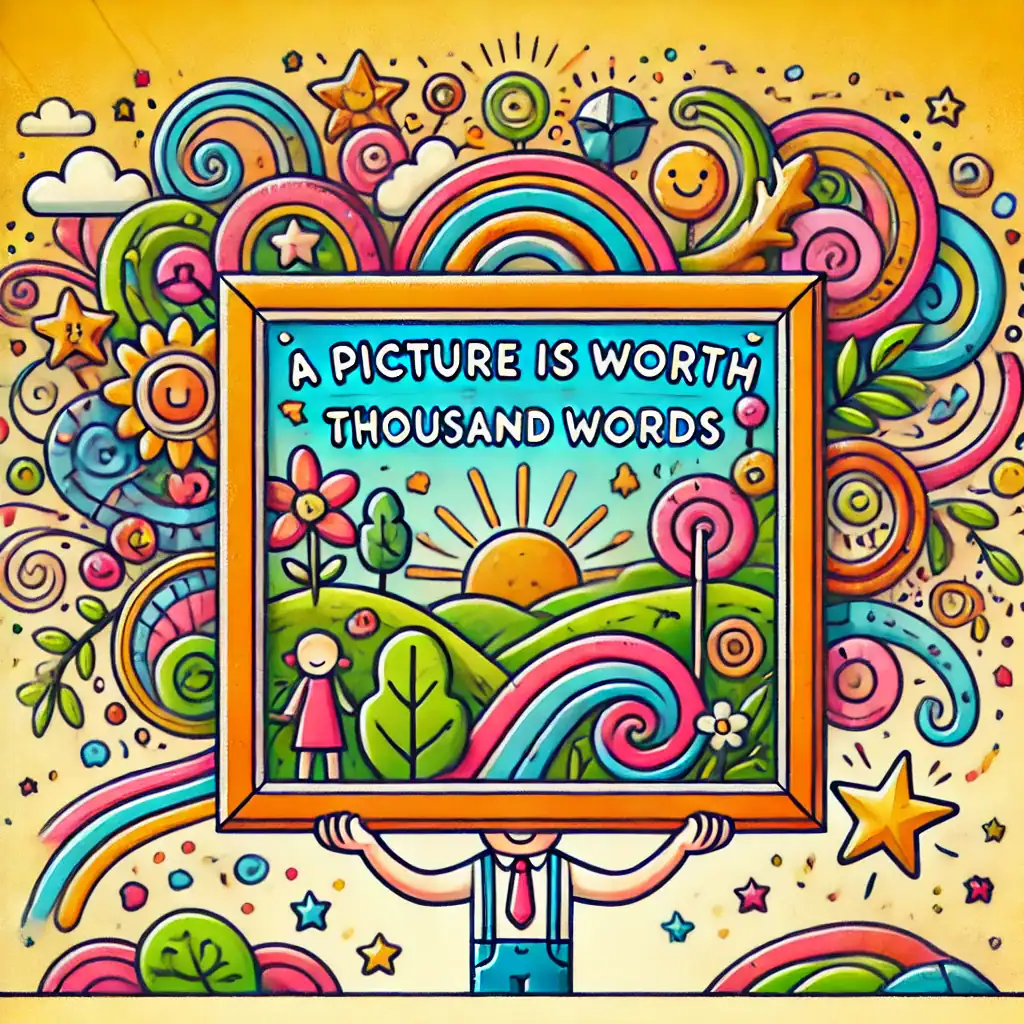
8. Encourage Engagement
Great content invites interaction. Make it easy for your audience to connect with you.
- Add a comment section or contact form where visitors can share feedback or ask questions.
- Encourage sharing: Include buttons for social media sharing.
- Example: “Have a gardening tip to share? Leave a comment below!”
Engagement helps build a sense of community around your website.
9. Reviewing and Updating Your Content
Your website is a work in progress, and regular updates keep it fresh and relevant.
- Proofread carefully: Use tools like Grammarly to catch typos and errors.
- Update outdated information, especially if it’s tied to trends or seasonal topics.
Your audience will appreciate content that’s accurate and up-to-date.
10. Staying Consistent
Consistency is key when creating captivating content. Stick to a schedule that works for you.
- Start small: Post once a week or even once a month, depending on your capacity.
- Focus on quality over quantity—one great article is better than ten rushed ones.
A consistent posting schedule builds trust and keeps visitors coming back.
Some Extra Little Nuggets
1. Examples of Engaging vs. Flat Content
Not-so-captivating version:
“We offer a range of services. Contact us for more details.”
More captivating version:
“Need help getting your website off the ground? I offer easy-to-follow guidance that walks you through each step—no techy talk, just simple, honest support. Ready to get started? Let’s chat!”
Tip: Imagine you’re explaining it to a friend over a cupof tea or glass of wine. If it sounds too robotic or dull, your readers will likely feel the same.
2. Common Mistakes to Avoid
-
Writing for search engines, not people: Yes, SEO matters—but not at the expense of sounding human. Always write for your reader first.
-
Walls of text: Long paragraphs can be off-putting. Break them up with subheadings, bullet points, or short paragraphs.
-
Forgetting your goal: Every piece of content should have a purpose—whether that’s to inform, inspire, entertain, or guide someone to take action.
3. Quick SEO Tips for Better Content Visibility
Even as a beginner, you can give your content a boost in search engines by:
-
Using your focus keyword (like create captivating content) in the title, subheadings, and naturally throughout the article.
-
Including internal links to other posts or pages on your site.
-
Adding a meta description—a short summary that shows up in search results.
If you’re curious to learn more about these steps, the free training at Wealthy Affiliate is a fab place to explore the basics without feeling overwhelmed.
4. Free Tools to Help You Write and Edit
Writing great content doesn’t mean you have to do it all alone. These free tools can help you polish your work:
-
Hemingway Editor – Helps make your writing clear and easy to read.
-
Grammarly – Checks for grammar and spelling mistakes.
-
Canva – Great for adding visuals to your content, like banners or blog images.
-
Answer The Public – Useful for finding real questions people are searching for (helps with writing relevant content!).
And Finally...
By applying these strategies, you can create captivating content that resonates with your audience and supports your website’s goals
Creating captivating content for your new website doesn’t have to be complicated. By understanding your audience, keeping your writing clear and engaging, and regularly updating your content, you can create a site that people love to visit.
Creating content that truly engages your audience is a journey. Have you tried any of these techniques on your website? What challenges have you faced in crafting compelling content? Share your experiences and questions in the comments below—I’d love to hear your thoughts and continue the conversation!
Remember, every successful website started somewhere—take it one step at a time, and you’ll be on your way to building something amazing.
Good luck, and happy website building! You’ve got this!
Here’s a little transparency: My website contains affiliate links. This means if you click and make a purchase, I may receive a small commission. Don’t worry, there’s no extra cost to you. It’s a simple way you can support my mission to bring you quality content.”


